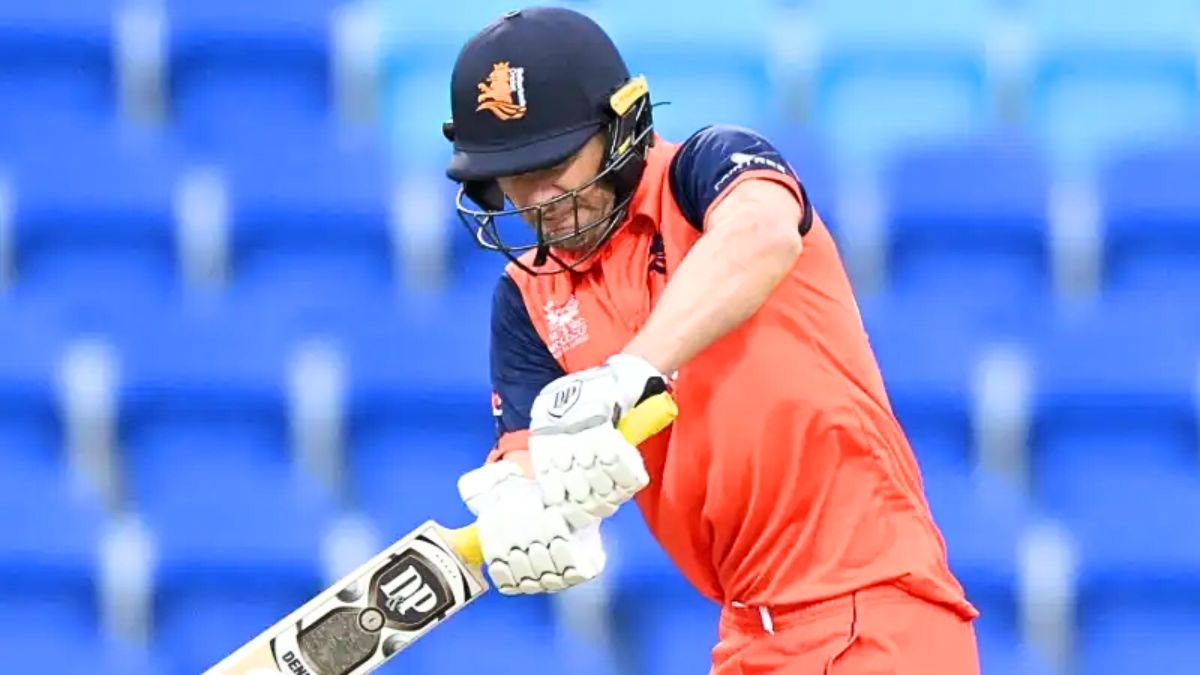In the final of the 2023 Cricket World Cup qualifier tournament, the Netherlands suffered a significant batting collapse against Sri Lanka, ultimately losing the match by a margin of 128 runs. This article examines three key reasons that contributed to the Netherlands’ batting collapse in the final.
1. Struggles against Sri Lankan Bowling:
The primary reason for the Netherlands’ batting collapse was their inability to counter the formidable Sri Lankan bowling attack. Sri Lankan bowlers, led by Dilshan Madushanka, Maheesh Theekshana, and Wanindu Hasaranga, applied consistent pressure and picked up crucial wickets at regular intervals.
The Netherlands’ top-order batsmen, including Vikramjit Singh and Wesley Barresi, were dismissed early, putting their team on the back foot. The accurate and disciplined bowling by Sri Lanka restricted the Netherlands’ scoring rate and forced them into rash shots, resulting in further wickets.
2. Lack of Partnership Building:
Another contributing factor to the Netherlands’ collapse was the absence of substantial partnerships between their batsmen. Except for Max O’Dowd, who scored a resilient 33 runs, no other batsman was able to build a significant partnership. Frequent dismissals, combined with the pressure exerted by the Sri Lankan bowlers, prevented the Netherlands from stabilizing their innings. The lack of partnerships not only restricted the run-scoring opportunities but also hampered the team’s momentum and confidence.
3. Vulnerability to Spin Bowling:
The Netherlands’ batting lineup struggled against the spin bowling prowess of Maheesh Theekshana. Theekshana’s variations, including his leg-spin and googly, proved to be highly effective, leading to crucial breakthroughs. Batsmen like Teja Nidamanuru and Ryan Klein fell victim to Theekshana’s spin, failing to read his deliveries. The pressure created by Theekshana’s spin, coupled with the wickets he took, exposed the vulnerabilities of the Netherlands’ batsmen against quality spin bowling.
The Netherlands’ batting collapse in the World Cup qualifier final can be attributed to multiple factors. The inability to handle the Sri Lankan bowling attack, the absence of significant partnerships, and the team’s vulnerability to spin bowling all contributed to their downfall. The pressure exerted by the Sri Lankan bowlers and the inability of the Netherlands’ batsmen to counter it resulted in a below-par total and a comprehensive victory for Sri Lanka.
Moving forward, the Netherlands must address these issues and work on their batting approach. Building partnerships, improving their technique against spin bowling, and finding ways to counter quality bowling attacks will be crucial for their future success. Despite the disappointing outcome in the final, the Netherlands can use this experience as a learning opportunity and strive to strengthen their batting unit in preparation for future tournaments.





